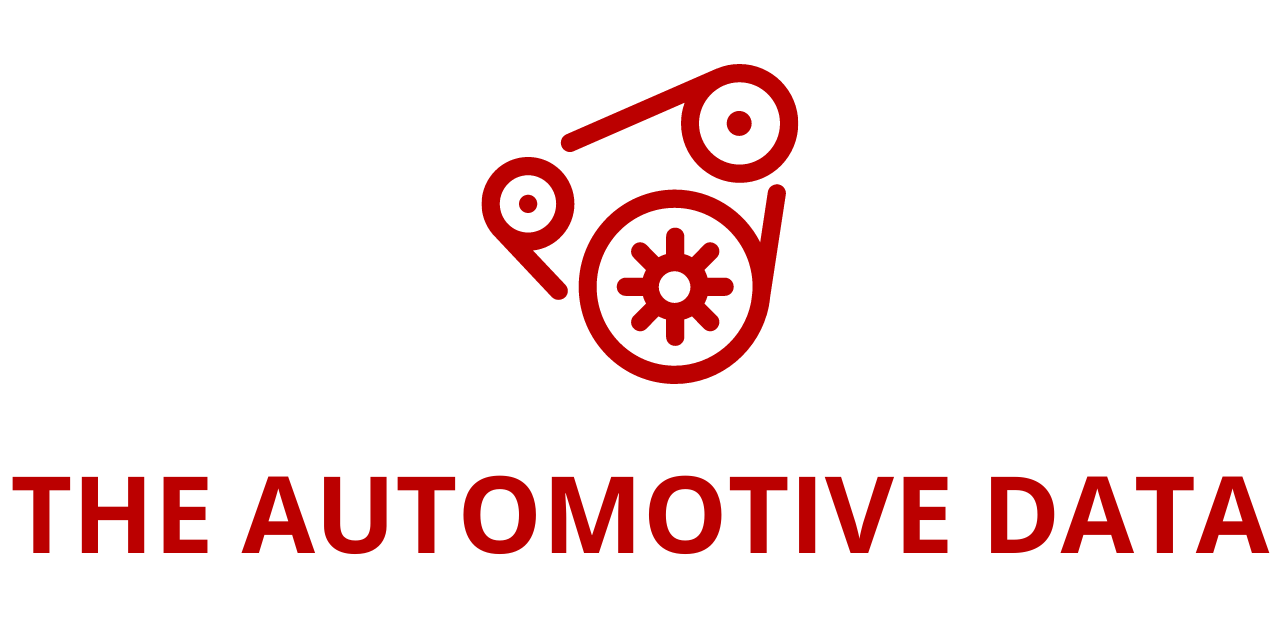
Global Intelligent Tire Market for Buses and Trucks (2025–2035): Telematics, AI Integration, and Fleet Optimization Drive Long-Term Growth
The global market for intelligent tires in the bus and truck segment is poised for transformative growth between 2025 and 2035. According to the newly released report, “Intelligent Tire Market for Bus and Truck – A Global and Regional Analysis” by ResearchAndMarkets.com, this market is undergoing a pivotal evolution fueled by technological advancements, rising demand for fleet efficiency, and the proliferation of smart mobility solutions.
As fleets worldwide strive for enhanced safety, operational reliability, and cost-efficiency, intelligent tires have emerged as a cornerstone technology. These tires are embedded with sensors and integrated software that provide continuous data on critical tire parameters such as pressure, temperature, tread wear, and load distribution. The ability to transmit this real-time information to fleet managers allows for predictive maintenance, better fuel economy, and reduced downtime, thus significantly improving fleet performance.
Market Overview: A Rapidly Evolving Sector
In 2024, the intelligent tire market is being catalyzed by growing adoption of fleet management systems, government safety regulations, and rising fuel costs. Intelligent tires are increasingly seen as indispensable tools in preventive maintenance strategies, helping fleets avoid costly breakdowns and extend tire service life. The integration of cutting-edge technologies—such as RFID, IoT, AI-based analytics, and machine learning—has further accelerated their adoption, particularly in logistics and public transportation networks.
By 2035, intelligent tire solutions are expected to become standard in commercial vehicle manufacturing. Cloud-based platforms and edge computing will support real-time monitoring and diagnostics, while future innovations—such as self-healing materials and adaptive tread systems—will redefine safety and durability in commercial transportation. The rise of electric and autonomous vehicles will only amplify the need for tire systems that can independently manage performance, enhance energy efficiency, and maintain optimal traction.
Key Market Trends
Rising Integration with Telematics and Fleet Management Platforms
A defining trend across the next decade is the increasing integration of intelligent tires with comprehensive telematics systems and AI-driven fleet management platforms. These integrations offer a unified interface for tracking tire health, scheduling maintenance, and receiving automated alerts based on predictive analytics. The use of edge devices and cloud connectivity further improves the responsiveness and scalability of these systems, helping operators manage large fleets with minimal disruption.
Focus on Green, Smart Tire Materials
Environmental sustainability is shaping tire innovation. Tire manufacturers are investing in eco-friendly materials that reduce rolling resistance while maintaining durability and performance. Combined with intelligent monitoring, these green tires contribute to lower fuel consumption and reduced carbon emissions—key factors in regulatory compliance and corporate sustainability efforts.
Market Drivers
Emphasis on Fleet Efficiency and Cost Optimization
Fleet operators are under constant pressure to maximize productivity while minimizing costs. Intelligent tires provide a tangible return on investment by reducing unplanned maintenance, improving fuel economy, and extending tire life. As fuel prices remain volatile and vehicle operating costs continue to rise, intelligent tire systems are viewed as essential tools for achieving cost-effective fleet management.
Enhancing Road Safety Through Predictive Maintenance
Real-time insights from intelligent tire systems help mitigate safety risks associated with tire blowouts, uneven wear, and under- or over-inflation. By addressing these issues proactively, fleets can reduce accident risks and ensure compliance with increasingly stringent road safety standards.
Market Restraints
High Upfront and Maintenance Costs
Despite the long-term savings, intelligent tire systems require a substantial initial investment. The integration of sensors, communication modules, and data analytics software adds to the manufacturing and installation costs. Moreover, maintaining sensor-equipped tires requires specialized servicing, which may not be readily available in all regions—particularly in developing markets where budget constraints and infrastructure gaps hinder widespread adoption.
Standardization and Sensor Reliability
The lack of standardized communication protocols across intelligent tire technologies can limit interoperability between platforms. Additionally, the reliability of sensors—particularly in extreme weather or rugged terrain—remains a concern for many fleet operators. Ensuring long battery life and consistent sensor performance is critical to market growth.
Market Opportunities
Intelligent Tire Integration in Autonomous Vehicles
As the autonomous vehicle segment gains momentum, the need for smart tire technologies that can self-monitor and adjust in real time becomes even more critical. Intelligent tires will be key enablers of safe and efficient autonomous operations, providing detailed feedback on load distribution, road conditions, and tire integrity without driver input. Advanced systems featuring adaptive tread wear, AI-based diagnostics, and self-healing materials will form the next frontier in commercial vehicle innovation.
Expansion of Aftermarket and Retrofitting Solutions
While OEMs are integrating intelligent tire solutions into new vehicle models, there is a growing demand for retrofit systems that can bring smart capabilities to existing fleets. Aftermarket solutions, which are increasingly modular and user-friendly, present a significant growth opportunity—especially in markets with a large base of aging commercial vehicles.
Regional Outlook
North America: Market Leader
North America is projected to remain the largest market for intelligent bus and truck tires, thanks to the region’s regulatory mandates for vehicle safety, early adoption of telematics, and robust infrastructure for AI-based fleet solutions. The U.S. is at the forefront, with major fleet operators and logistics providers embracing smart tire technologies to enhance supply chain resilience and operational visibility.
Europe: Strong Regulatory and Sustainability Push
Europe is closely following, driven by regulatory pressure around emissions and road safety. Countries like Germany, France, and the U.K. are integrating intelligent tires in both private fleets and public transportation systems. The EU’s push for green mobility is further spurring investments in sustainable, intelligent tire technologies.
Asia-Pacific: Fastest-Growing Region
Asia-Pacific is emerging as the fastest-growing region, with countries like China, India, and Japan investing heavily in smart transportation. China’s dominance in electric commercial vehicles and Japan’s innovation-driven automotive sector are fostering a robust environment for smart tire adoption. Government initiatives to improve logistics infrastructure and reduce emissions are further accelerating growth.
Segmentation Insights
- By End-User:
- Fleet Operators: Largest share, leveraging real-time analytics for cost control and operational efficiency.
- Public Transit Agencies: Integrating smart tires to boost reliability and safety of municipal transport.
- Independent Vehicle Owners: Growing interest due to fuel cost savings and maintenance benefits.
- By Vehicle Type:
- Trucks: Demand driven by the need for tire reliability in long-haul and logistics operations.
- Buses: Increasing adoption in city transit and intercity routes.
- By Propulsion Type:
- Electric Vehicles (EVs): Smart tires essential for optimizing range and battery performance.
- Internal Combustion Engine (ICE) Vehicles: Still dominant, but increasingly adopting smart tire tech for efficiency.
- By Technology:
- Sensor-Based: Core of real-time data collection.
- RFID-Based: Useful for inventory and tire lifecycle tracking.
- IoT-Enabled: Enables advanced analytics, fleet-wide insights, and remote monitoring.
- By Functionality:
- Predictive Maintenance: Key for minimizing unexpected breakdowns.
- Real-Time Monitoring: Essential for immediate response to anomalies.
- Load Monitoring: Helps ensure safe cargo distribution and compliance.
- By Sales Channel:
- OEMs: Leading channel as smart tire tech becomes factory standard.
- Aftermarket: Fast-growing due to retrofitting demand.
Industry Landscape and Key Players
The market is competitive and innovation-driven, with leading tire and automotive technology companies investing in R&D and partnerships. Key players include:
- Goodyear Tire & Rubber Co.
- Continental AG
- Bridgestone Corporation
- Michelin Group
- Pirelli
- Hankook
- Apollo Tyres
- Yokohama Rubber Co., Ltd.
- Sumitomo Rubber Industries, Ltd.
- Kumho Tire
- MRF Tyres
- Toyo
- Linglong Tire
- Sailun Tire
- CEAT Tyres
These companies are advancing the intelligent tire landscape through innovations in sensor technology, smart materials, cloud platforms, and mobility-as-a-service solutions.







